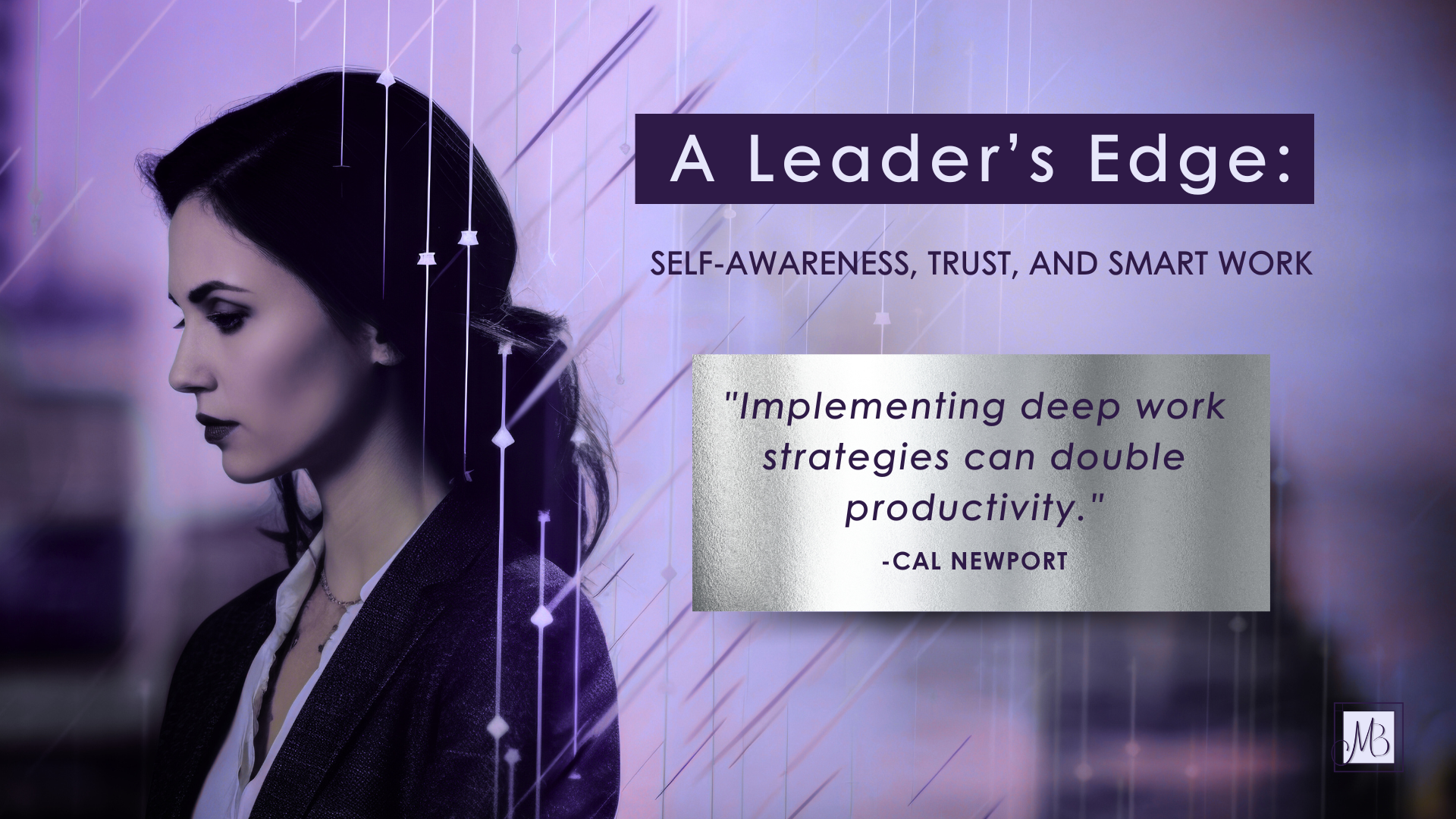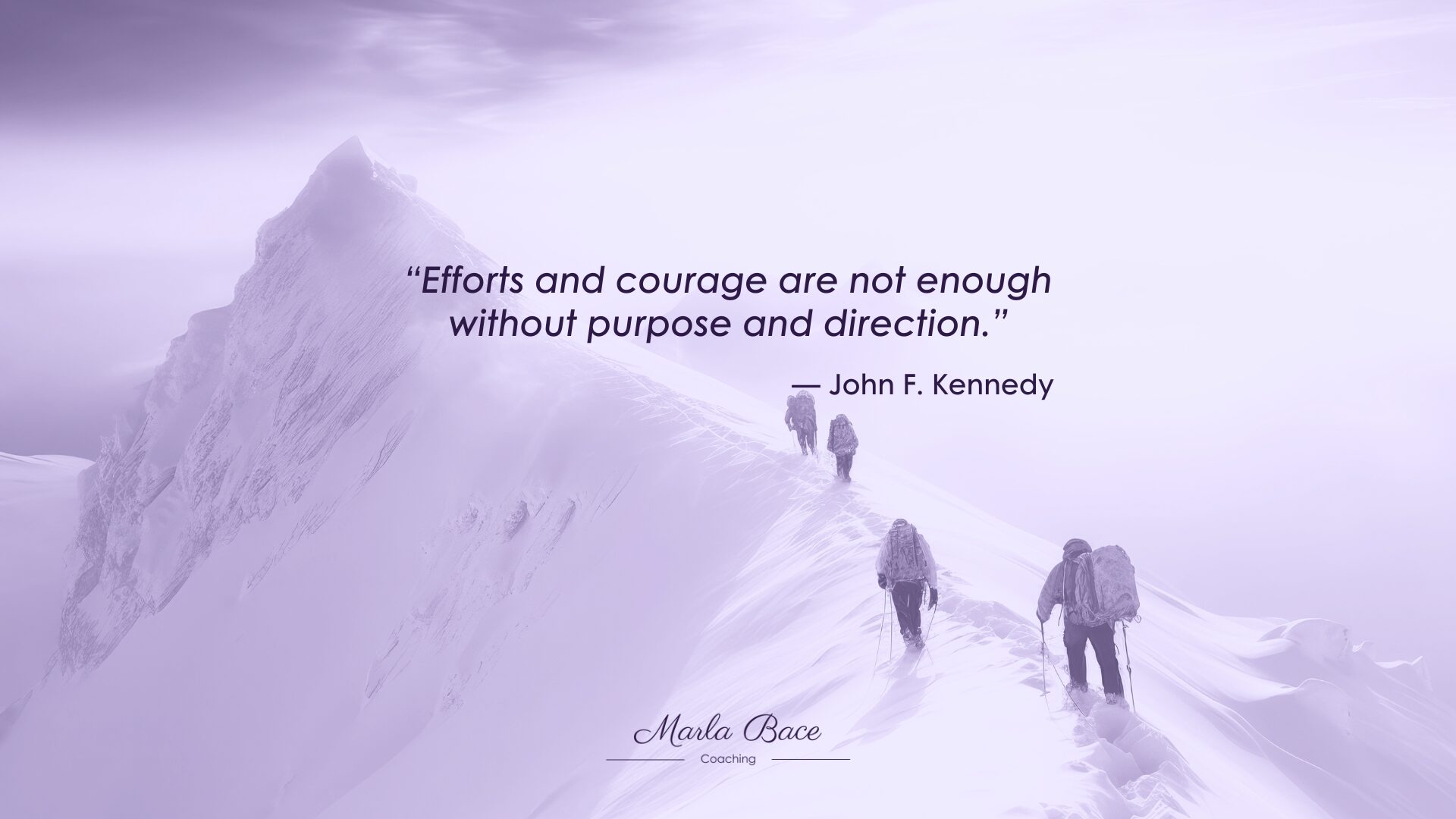Walk into a room of high-achieving professionals, and you can tell who the real leader is, without checking titles.
- They’re not always the loudest.
- They don’t dominate the room.
- …But they shift the energy.
Their presence signals trust before they speak. Their body language doesn’t chase authority—it owns it.
That’s not just a performance. It’s a transformation. That’s embodiment in action.
In today’s leadership landscape, where attention is short and skepticism is high, people don’t just follow what you say; they follow what you signal. Embodied leadership is about aligning your inner state with your outer presence so your leadership communicates even before you do.
Beyond Charisma: What Embodiment Really Means
We’ve spent years praising “executive presence,” but most definitions are vague—be confident, stand tall, speak clearly. That’s performative, and it’s not enough.
Embodied leadership goes deeper. It’s the practice of becoming congruent, aligning one’s mindset, emotions, and values with one’s actions, voice, and physicality.
It’s not about adding more polish. It’s about stripping away what’s not real.
Research from the NeuroLeadership Institute shows that teams are more likely to trust and follow leaders whose verbal and nonverbal cues are congruent, even if those leaders are quieter or less charismatic. [^1] That’s because people instinctively detect dissonance, and they interpret it as inauthenticity.
Embodiment isn’t about perfection. It’s about integrity. And it’s becoming a critical differentiator in leadership.
The Cost of Leading from the Neck Up
You can have the best strategies, message, and credentials, but people won’t buy in if your presence is misaligned. Why?
People feel your energy before they process your words.
When leaders operate only from their intellect, ignoring what’s happening in their body and emotional landscape, it shows:
- They talk about empathy but appear impatient.
- They say “I value collaboration,” but dominate conversations.
- They say “I’m calm,” but their voice and posture signal tension.
This is often unintentional. It happens when high performers try to “push through” or “stay in control,” masking their real experience in an effort to appear composed. But the body doesn’t lie, and teams pick up on it.
In a study published by the Journal of Applied Psychology, employees reported significantly higher trust and morale when leaders were rated as emotionally congruent in body language and tone, even when delivering bad news. [^2]
I was recently invited to give a short presentation on my work. Instead of running through credentials or frameworks, I spoke plainly, sharing real stories about who I worked with, what they were struggling with, and how we got results.
Afterward, the audience filled out feedback forms. Nearly every comment mentioned the same thing: not just the stories, but my presence.
They used words like energy, stature, authentic, and believable. One person wrote, “You didn’t try to sell us-you just told the truth, and we felt it.”
That moment was a reminder: people trust what they can feel.
Presence builds credibility before results are shared. In this case, it led to immediate referrals—not because I pitched, but because I showed up congruent and grounded in what I do.
In short, presence matters more than polish. People follow what they feel.
Embodied Leadership Starts with Self-Awareness
Embodiment begins inside. Leaders who show up with grounded presence have usually done the work to understand their triggers, regulate their emotional responses, and align with their core values. This journey of personal growth creates consistency because their leadership isn’t based on mood, performance, or overcompensation.
Embodied leadership is not a destination. It’s a journey. Here are a few daily practices I recommend to help you cultivate and strengthen your embodied leadership:
- Drop into the body. Start meetings with a one-minute grounding breath. Notice tension, posture, and energy. Your body carries signals your mind may ignore.
- Speak from your core values. Before addressing a room, ask: What do I stand for right now? Presence without purpose becomes performance.
- Track your inner narrative. Are you trying to prove something, fix something, or defend something? Embodiment comes from security, not performance.
These habits don’t just help you lead better. They help people feel safer around you.
Why Embodied Leaders Influence Without Overperforming
In a noisy world, presence is power. But not the kind that demands attention. The kind that settles a room.
Embodied leaders influence through clarity, not control. They create stability not by pushing, but by holding space. Their teams speak up more. Conflicts de-escalate faster. Meetings end with momentum, not confusion.
You’ve likely felt it before. A leader who listens deeply, speaks intentionally, and carries themselves with conviction, not force. That’s not just charisma. That’s embodiment in action. For instance, a leader who remains calm and collected during a crisis inspires confidence in their team and practices embodied leadership.
In today’s business climate, where emotional volatility, burnout, and fear of change are rampant, this kind of grounded leadership is more than admirable. It’s necessary. Embodied leadership can lead to a more positive work environment, increased trust and collaboration, and better team performance.
In Summary
Your presence either calms a room or adds to its noise. It either reflects your values or reveals your fear.
Embodied leadership is not about how well you perform. It’s about how clearly and consistently you show up for yourself, your team, and your mission. I encourage you to start practicing these principles in your own leadership journey.
Because in the end, people don’t remember the titles you held.
They remember how they felt in your presence.
Sources:









